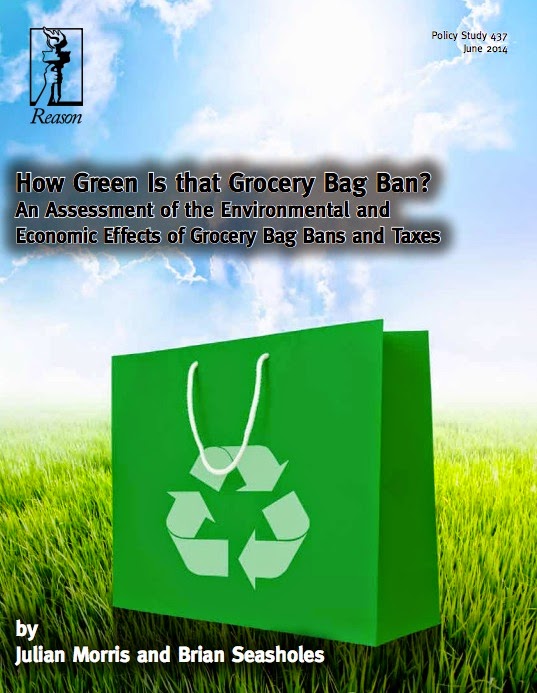In the last few years there has been an upswing of infection control research within the context of US healthcare. The APIC and other groups are starting to accumulate an enviable amount of fun environmental microbiology field based studies. Scientists are ev aluating contamination and health risk of curtains, hands, linens, gowns, tap water and anything else that you can find in a US hospital. My favorite are the copper hand washing sinks. Those are deluxe! The biggest source of global fecal contamination still appears to be largely unstudied. A recent editorial in Lancet Global Health discusses this. Stephen Luby states that we still do not have enough data to generate sufficient evidence about the relationship between sanitation and health. He says that this is true because of the wide variety of pathogens, climate, environments, cultures and individual behaviors. The Luby PDF is here . More research is certainly complicated but also necessary. I find this promising.





